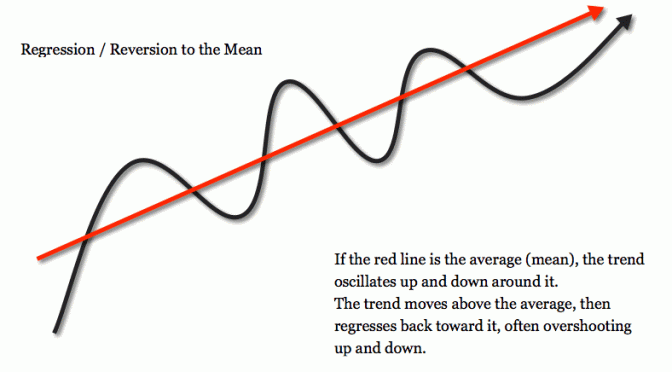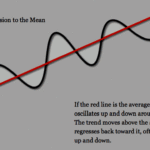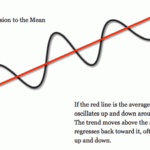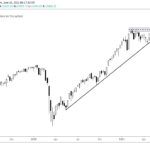This article is the first part in the series of 6 articles where we will try and find out whether mean reversion behavior exists on Indian markets or not.
There are multiple ways to trade or invest in the markets. These ways or methods could broadly be divided into following categories:
- Trend Following.
- Momentum / Relative Strength.
- Buy & Hold.
- Day Trading/ Scalping.
- Mean Reversion / Swing Trading / Pullback Trading.
At DYR, we belong in the Mean Reversion / Swing Trading Camp.
In India, Trend following and Day Trading strategies are popular on Indices and equity derivatives. The most popular mean reversion strategy in India is Pairs Trading or Statistical Arbitrage.
But there are a few recurring patterns which can be exploited profitably and consistently. This is the first time that any Swing Trading strategies have been thoroughly backtested and quantified on Indian markets.
I am not attempting to reinvent the wheel, rather apply the strategies on Indian markets, which are already available in the public domain. The original strategies have been applied in the US markets, where the liquidity and depth of the markets is much larger compared to India.
Still the principles shall apply in India too which we will find out in the next few articles. There are a few mean reversion trading strategies that do provide edges which are consistent over a long periods of time. And we will back up this research with statistical findings.
In this study we want to find out whether mean reversion behavior exists on Indian stock markets or not.
There are multiple ways to determine mean reversion from a simple distance from the price from its Moving average or multiple down days or oscillators or Bollinger Bands etc.
For our study purposes we would use the strategies popularized by Larry Connors and Cezar Alwarez in the book, “Short term Trading Strategies That Work” published in 2008. We will use following two strategies mentioned in the book to test on Indian markets.
- RSI (2).
- Cumulative RSI.
Trading Universe:
All the stock symbols, which are available in the database, around 1640 stocks on NSE. The data has been back adjusted for all corporate actions like Bonus, Rights & Splits. The data has been procured from Viratech Technologies.
Test time frame:
Test is carried out from 01/01/2004-22/03/2017, about 13 years and 2 months. The date range has been selected because it contains volatile bull market from 2004-2008, volatile bear market of 2008-2009, quiet bull market from 2009-2010, range bound markets from 2010-2014 and 2015-2016. The test period contains different types of market conditions and test duration is long enough for the tests to be statistically significant.
Software:
For the backtesting purposes, Amibroker will be used. Amibroker is one of the fastest, easy and inexpensive backtesting and charting software.
Benchmark:
NSE 500 is taken as the benchmark for strategy comparisons. If we bought NSE 500 on 01/01/2004 and held it till 22/03/2017, it would have gained by 400.9 % with a CAGR at 13.06%. It had a maximum drawdown of close to 64 % in 2008.
Next we will see how these two strategies perform in Indian Markets.








